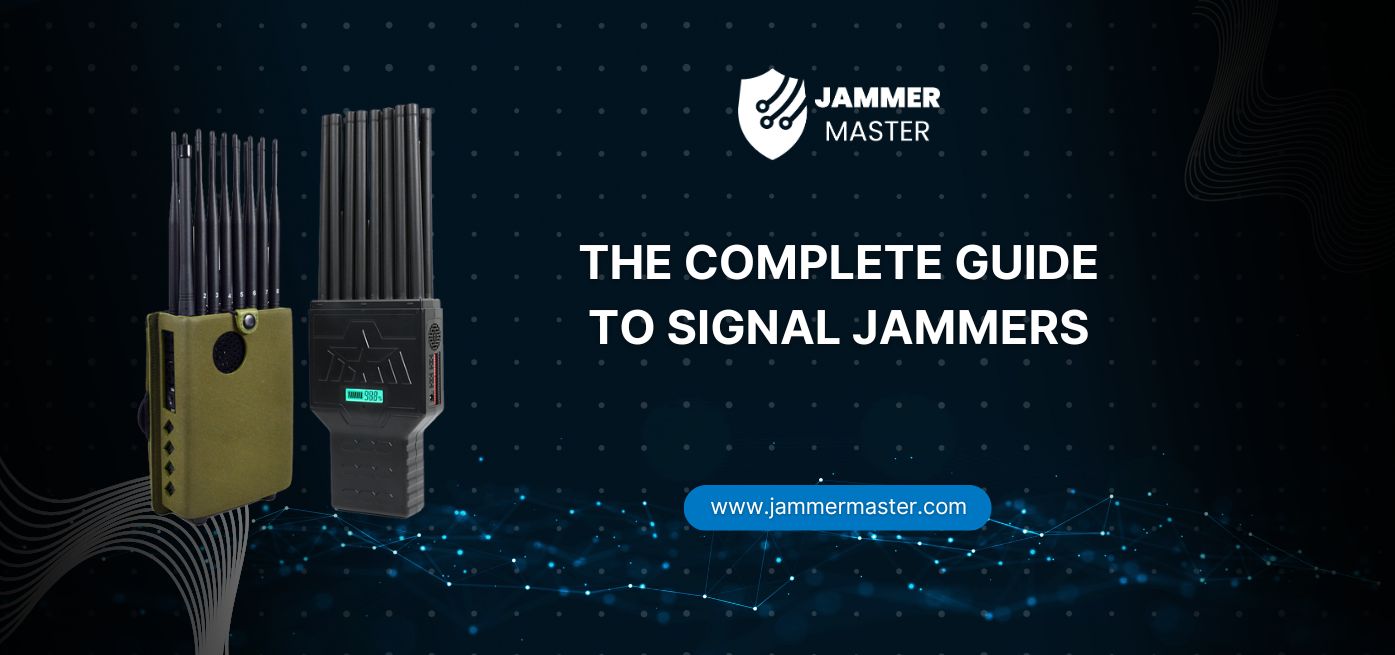
How to Build a GPS Jammer at Your Home
Here’s a step by step guide on how to build your own GPS jammer. Below are the main steps we are going to introduce in

Cell Phone Jammers have become increasingly popular in recent years due to their ability to block unwanted signals and maintain privacy. However, the effectiveness of these devices can be compromised over time, especially when telecommunication providers adjust their frequencies. This article explores the challenges of adjusting Cell Phone Jammers and emphasizes the significance of conducting on-site surveys and calibrating the devices to specific frequency ranges for long-term efficacy.
The first challenge in adjusting Cell Phone Jammers lies in the complexity of the process. These devices need to be calibrated to specific frequency ranges to effectively block unwanted signals while allowing legitimate communication to continue. However, this calibration process can be time-consuming and requires expertise in understanding the intricacies of signal frequencies.
To overcome the challenges of frequency adjustment, conducting on-site surveys becomes crucial. By physically assessing the signal frequencies and 4G signal frequencies in a particular area, accurate frequency parameters can be determined. This data serves as a foundation for adjusting the various frequency ranges of Cell Phone Jammers, ensuring that only data connections are blocked while voice calls and other essential communication remain unaffected.
One of the main concerns with Cell Phone Jammers is their long-term effectiveness. Telecommunication providers often make frequency adjustments to optimize their networks, rendering previously adjusted signal jammers ineffective. By relying solely on initial adjustments, these devices may fail to block unwanted signals, compromising the privacy and security of users.
To address the issue of long-term effectiveness, frequency calibration plays a vital role. By regularly monitoring and adjusting the frequency ranges of Cell Phone Jammers based on the latest telecommunication provider updates, these devices can remain effective even after frequency adjustments. This ensures that users can continue to enjoy uninterrupted privacy and security.
In conclusion, the challenges of adjusting Cell Phone Jammers lie in the complexity of frequency calibration and the potential for telecommunication providers to make frequency adjustments over time. By conducting on-site surveys and calibrating these devices to specific frequency ranges, long-term effectiveness can be achieved. Additionally, regular frequency calibration based on telecommunication provider updates is essential to ensure the continued efficacy of Cell Phone Jammers. By addressing these challenges, users can confidently rely on these devices to maintain their privacy and security in an ever-changing telecommunication landscape.
Our frequency checker tool will help you check all frequency bands used in all country.

Here’s a step by step guide on how to build your own GPS jammer. Below are the main steps we are going to introduce in

In today’s digital age, our lives are more connected than ever before. We rely on our smartphones for communication, entertainment, and information. However, with this

Signal jammers are devices that deliberately transmit signals on the same frequencies as telecommunications and GPS devices, such as mobile phones, GPS trackers, and even

Understanding Signal Blocker: How It Works and Its Applications Signal Blockers are devices that can disrupt mobile phone signals, preventing them from connecting to base

The Application and Benefits of High-Power Signal Jammers Enhancing Signal Blocking Efficiency in Various Environments In today’s technologically advanced world, the need for effective signal

Considerations for Purchasing Exam Room Signal Jammers Ensuring Effective Signal Jamming for Exam Integrity As the year approaches its end, many schools are preparing for

The Importance of Monitoring and Signal Interference Measures During Examinations During examination periods, it is crucial to closely monitor the examination venues and their surrounding

Selecting the Appropriate Cell Phone Jammer for Theaters and Auditoriums Overcoming Challenges in Installation and Maximizing Signal Disruption The Importance of Cell Phone Jamming in

Remote Control of Cell Phone Jammers via Smartphone: A Possibility? With the rapid development of the Internet of Things (IoT), numerous smart home devices have

Supplying high quality signal jamming devices since 2010. The only jammer store you can trust.
Jammer Master © 2024. Premium Signal Jammer Supplier Since 2010.